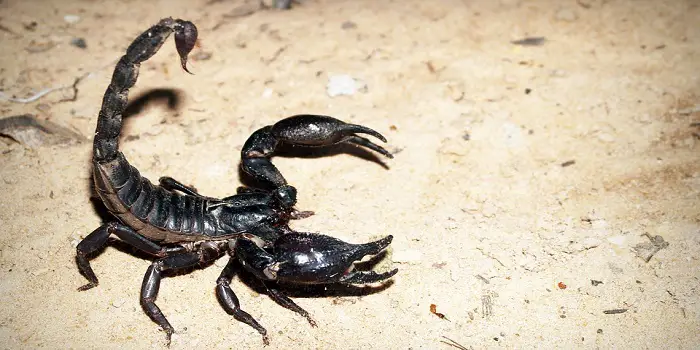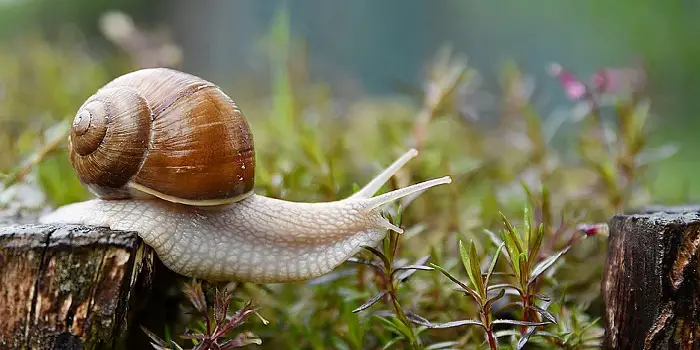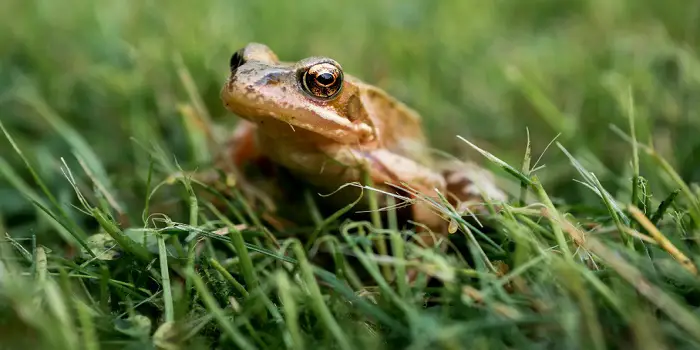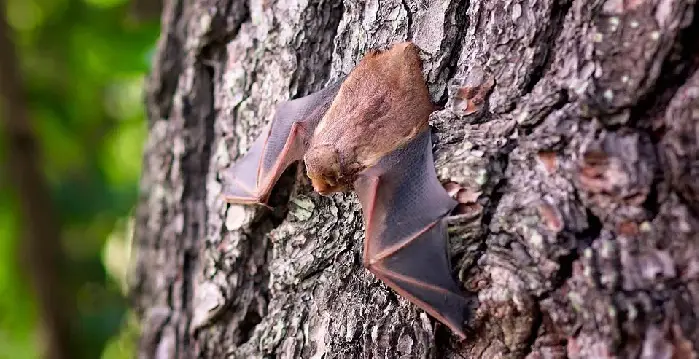
While people may hate to kill an animal, they may have a different opinion when they see something as pathetic as a cane toad.
Cane toads are harmful and can be very dangerous for your kids and pets.
Plus, they are very stubborn – since they do not fear other animals or people, they can be hard to eradicate.
As such, you have several options to kill them; some are humane while others are not.
I will be discussing all of these methods in the article below, so you can pick the one you like most.
How to Stop Cane Toads in Your Backyard?
If you reside in the tropics and have been jam-packed with cane toads in your backyard, it is suggested to kill these pests and not let them populate.
Of course, if you want, you can choose a less painful way to do it so that the toads do not experience any pain.
Below are some good options to get rid of them and prohibit their spread:
1- Chemicals
You can get a dozen of chemicals in the market to get rid of cane toads.
Some people choose bleach, hydrogen peroxide, or Dettol to kill them immediately, but it doesn’t work most of the time.
The better way is to use products like pest rid granules or pest rid spray (such as Dominion 2L, Bifen LP Granules, and others).
When used in combination, these can be the best ways to kill cane toads as well as to keep them away.
You just need to use them properly to treat the infested area.
Though these products will definitely kill the toads, the procedure is painful and slow. Hence you have other better ways than this to choose from.
2- Freezing
Though you may consider it a brutal way of killing toads, this one is suggested by most pest control experts.
All you need to do is catch them and put them in your refrigerator in a Ziploc.
Make holes in the bag and let it remain overnight to make the toad senseless.
Now just put the bag in the freezer, and it will die without feeling any pain. You can then keep the bag in the bin or bury it in the compost.
If a Ziploc bag is unavailable, you can use a closed container that is adequately ventilated.
3- Egg disposal
Cane toads are an invasive pest because they breed frequently and can spread as a lot of tadpoles in one go.
They require water for breeding, so if you have freshwater bodies or pools in your backyard, then you are providing them with a good breeding spot.
Its therefore important that if you find eggs in your pond, immediately try to eliminate them.
These eggs will usually resemble a lengthy gooey string.
While eliminating them from the swimming pool just wear gloves and catch the long string and pull it out of the water.
You can then bury the eggs in the mud or leave them in direct sunlight to dry up and die.
4- Hit with a stick
Another effective way to eliminate cane toads is to hit them with a stick or a golf club and kill them.
However, it is yet another awful way and is not recommended for light-hearted people as you may severely hurt the toad causing severe pain to it before it reaches its deathbed.
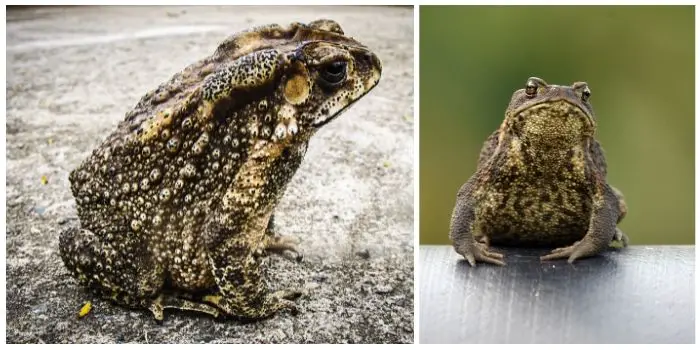
5- Snake Repellent
This may sound odd to many, but it can work for people who do not want to use the methods that involve killing cane toad tadpoles.
Like snakes, many frogs and cane toads can be easily deterred using a snake repellent.
These waterproof solar-powered snake repellents for outdoor are easy to install and work by emitting Vibratory impulse as a vibration transmitted through the ground.
The good thing about this method is it’s completely safe for humans as well as the environment.
Plus, it does not kill the toad and will only help by keeping them off of your yard and property.
The only drawback is you will need to use this product for many days before you can see any positive results.
6- Get rid of water and food
As mentioned above, water is essential for the survival of cane toads, and this is one of the reasons why they multiply humongous in the wet season.
You may not be able to stop the rain, but you can certainly get rid of their prospective breeding grounds by removing all the pots and ensuring that you don’t have any still water in your yard.
Also, make sure that you remove all the food supply (like insects) they may find close to the location they are nesting.
This way, they will quickly get away from your yard in a few days.
7- Install toad screening and fencing
Since cane toads like American Bullfrogs rarely jump higher than the foot, you can easily keep them out of your yard by installing proper screening wherever possible.
This heavy gauge strong screening is mostly available in designs like the “diamond” patterns that can be used as a fence.
You can install the screening by keeping them buried down in the ground using garden stakes.
Make sure you keep about 6″ of the screening under the ground and about 18″ up above ground.
The screening will work to keep away the cane toads from coming and burrowing through the larger fence openings.
The good thing is you can even use it along with your already installed stockade or cyclone fencing.
Also, it can be installed around your fish pond, fountain, pool, or body of water (such as rock decorations) you want to keep toad-free.
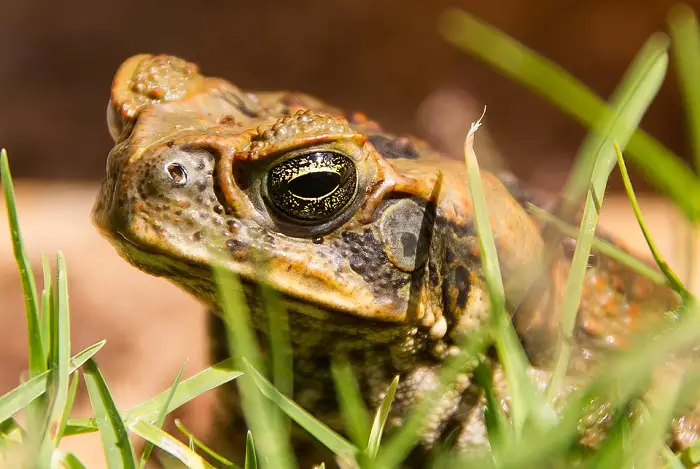
How Poisonous is a Cane Toad?
While cane toads are poisonous due to their poison glands, tadpoles can be highly toxic if ingested by other animals.
Cane Toads, in general, carry a venom-secreting poison gland (parotoid glands). When threatened, these glands release the poison.
These swollen and raised glands on its shoulders and neck are usually a sign of whether the toad is poisonous or not.
Venom, if ingested, can cause paralysis or death for native animals (both wild and domesticated).
The skin of the adult cane toad is toxic as well. This can lead to death for pets and humans. You should therefore avoid:
- licking them
- touching them
- picking them by hand
What if my dog eats a cane toad?
Due to toxic skin and venom, cane toads can be highly dangerous for your pets at home.
In case your dog or a cat picks a toad up in their mouth, it can cause severe poisoning.
Toxins may get in their eyes, nose, or mouth even if touched or contacted.
In such a case you should immediately look for the possible symptoms and call the emergency vet to seek medical attention.
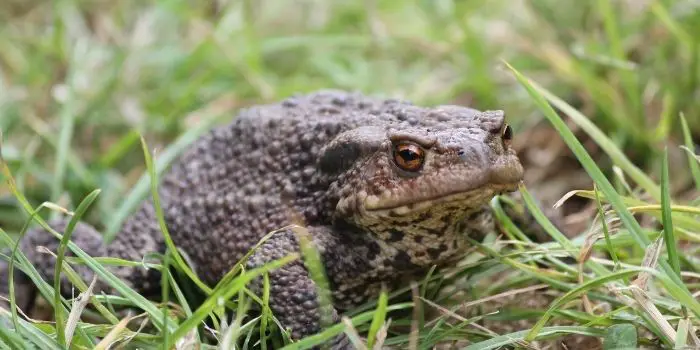
How to Tell a Cane Toad from a Frog?
Many times, certain native frog species (like bullfrog) are mistaken for a cane toad.
So, before you try to eradicate them (or kill them) using any method listed above, it’s important to make sure it is a cane toad and not a native frog.
Unlike native frogs, adult cane toads have certain features by which you can easily make a difference.
Some of these features unique to cane toads are:
- dry, warty skin
- shorter, stubbier legs
- unwebbed hands but webbed toes
- a large parotid gland behind each eye
- often lay their eggs in chains or can even give live births
- distinct bony ridges above the eyes, running down the snout
- can live in dry climates, but frogs will mostly prefer a moist or swampy environment
Just in case you can’t tell them apart, it’s good to take the help of a frog expert for the identification.
They can easily differentiate between the invasive cane toad pests and native frogs by their distinctive features, colors, size, and sounds they make.
Can You Shoot the Cane Toads in Your Yard?
Shooting the toads and frogs in your yard can be an easy solution but remember the action is not legal everywhere.
Since many of the species (like Amargosa Toad, Arroyo Toad, Dusky Gopher Frog, and many others) are endangered, you are not allowed to shoot them in your yard.
For many other invasive species, if shooting is allowed, you may require to have a fishing license.
Species like American Bullfrog are not protected at all and are least concerned due to their increasing population.
But you can capture them by hand or can take them through a hand net or hook and line. Spearing or shooting with a firearm or bow is still not allowed.
To be safer and avoid the problem, it’s good to identify the species of frog or toad that’s creating the problem on your property.
After confirming the species check the specific laws in your area before you try to exterminate them.
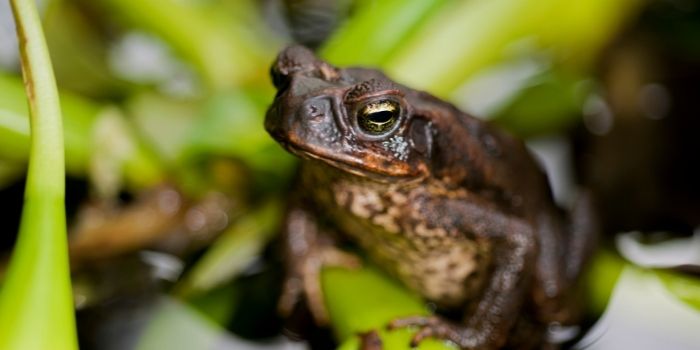
Other Related Questions:
Can a toad drown?
Yes, just like humans, toads also have lungs; if they fill with water, they can drown or die.
Many times, when underwater, toads can breathe through their skin by absorbing oxygen.
But they will ultimately drown when there is not enough oxygen in the water.
Why do toads pee on you?
Frogs often pee when they get scared of something.
Many times, they will urinate on themselves when they feel the predator is near to them.
This will make their body less attractive for predators to touch, kill or consume.
If you have accidentally touched the secreted urine of a toad or if the toad has peed on your hand, make sure to wash and sanitize your hands as soon as possible.
What animal can kill cane toads?
Meat ants, water beetles, and spiders (like wolf spiders and Australian tarantula) are known to kill and eat cane toads and tadpoles.
In an attempt to save themselves from a nearby predator, toads often puff up their bodies which makes them look inedible and bigger in size.
Why do toads scream when touched?
Toads scream by high-pitched emitting sounds when they are touched or frightened.
Other than the danger, many also believe that the reason for their screech or croaking is to attract a mate.
The Conclusion
While there are frogs and toads that are harmless and even helpful in keeping the population of insects under control, for many in the U.S., getting rid of cane toads has become necessary due to the threat they pose to families.
If your place is infested badly with these cane toads, you can certainly try one of the above tricks (or the combination of more than one) to stop the infestation.
Hopefully, it will help keep the cane toad population down and slowly eliminate them permanently.
Share the post "7 Clever Ways to Stop Cane Toads in Your Backyard?"

Welcome to ProShieldPest.com. I am Tina Jones. I have been working as a pest removal professional in Winslow, Arizona lately. At present, I love to spend my time with my family as a retiree.
Here I share all my knowledge and experiences to help people understand better how they can stop pests at their homes without actually killing them. Hopefully, the information you will find here will help in safeguarding your home! You can check more about me here.

